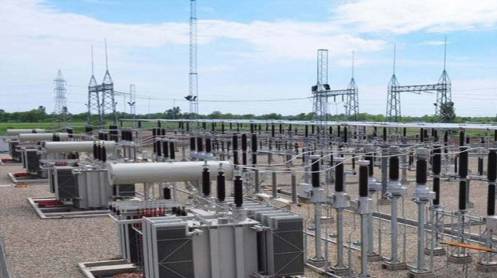KARACHI: Pakistan’s power sector has been slow to adopt clean and renewable energy sources, ranking 107 out of 120 countries on the global Energy Transition Index (ETI) in 2023, a study by a local rating agency said on Wednesday.
The low ETI score of 46.9 reflects a lack of sufficient initiatives to align with the country’s commitment to energy transition efforts, the Pakistan Credit Rating Agency (PACRA) said in its report on the power sector.
Pakistan’s power sector has been confronting deep-rooted issues for a long time, with key risks being weak financial discipline and inefficiencies across all three verticals of the System.
The sector is, however, considered the backbone of the economy and the government is keen on developing long-term sustainable solutions to the ingrained power issues.
The sector is undergoing a transition phase from thermal sources, which had a 69 percent share in FY19 to 60 percent in FY23, to renewables, i.e., 3.6 percent share in FY19 and 4.6 percent in FY23.
The study identified other major bottlenecks that comprise high circular debt that stood at Rs2.3 trillion in FY23, a year-on-year build-up of Rs57 trillion.
Payments to IPPs form 60 percent of these delayed payments (T&D losses and delayed payments by the government as tariff subsidies contribute to the accumulation as well), underutilization of “Take or Pay” power generation capacity leading to increasing capacity payments by the CPPA-G, increasing tariffs for the customers (inclusive of QTAs/ FCAs), which lead to lower recoveries by the DISCOs, especially in the presence of high inflationary pressures and dependence on imported fuel.
The IPPs falling under pre-1994/2002 and renewable energy 2006 policies agreed to renegotiate Power Purchase Agreements (PPAs) with the government in August 2020, which was expected to result in cost savings of 1.8 percent of the GDP over the next two decades of remaining life of these IPPs.
In exchange for reducing capacity payments, the government agreed to settle outstanding arrears to these IPPs, all of which were paid by FY21-23. For FY24, the government has planned to clear Rs310 billion for IPPs and GPPs with revised PPA terms, using the established contract structure (10-year floating rate PIBs and 5-year Sukuks in equal parts, or a more efficient financial instrument).
However, the issue of Chinese IPPs in this regard remains unresolved. Although Pakistan’s generation capability is now sufficient to meet its demand, it is essential to strengthen and expand the T&D network of the country in order to achieve optimal utilization of the generation capacity, the study asserted.
The study noted that creating demand generation is another need and immediate measures are required for an integrated planning and investment in the National Grid System to remove the T&D constraints and ensure smooth transmission of cheaper electricity to the end consumers.







